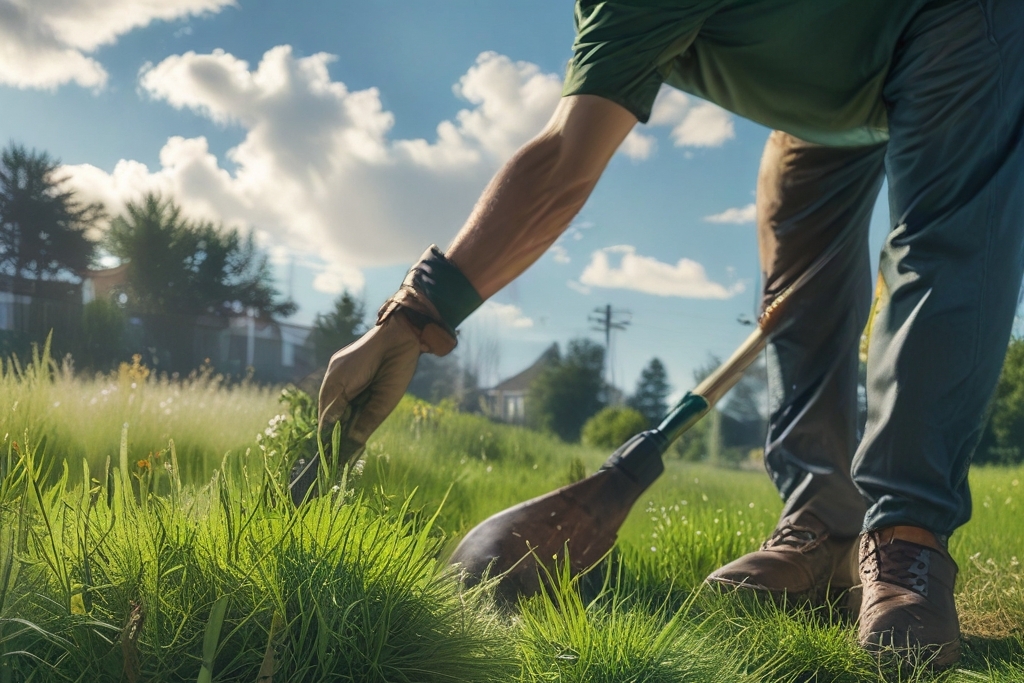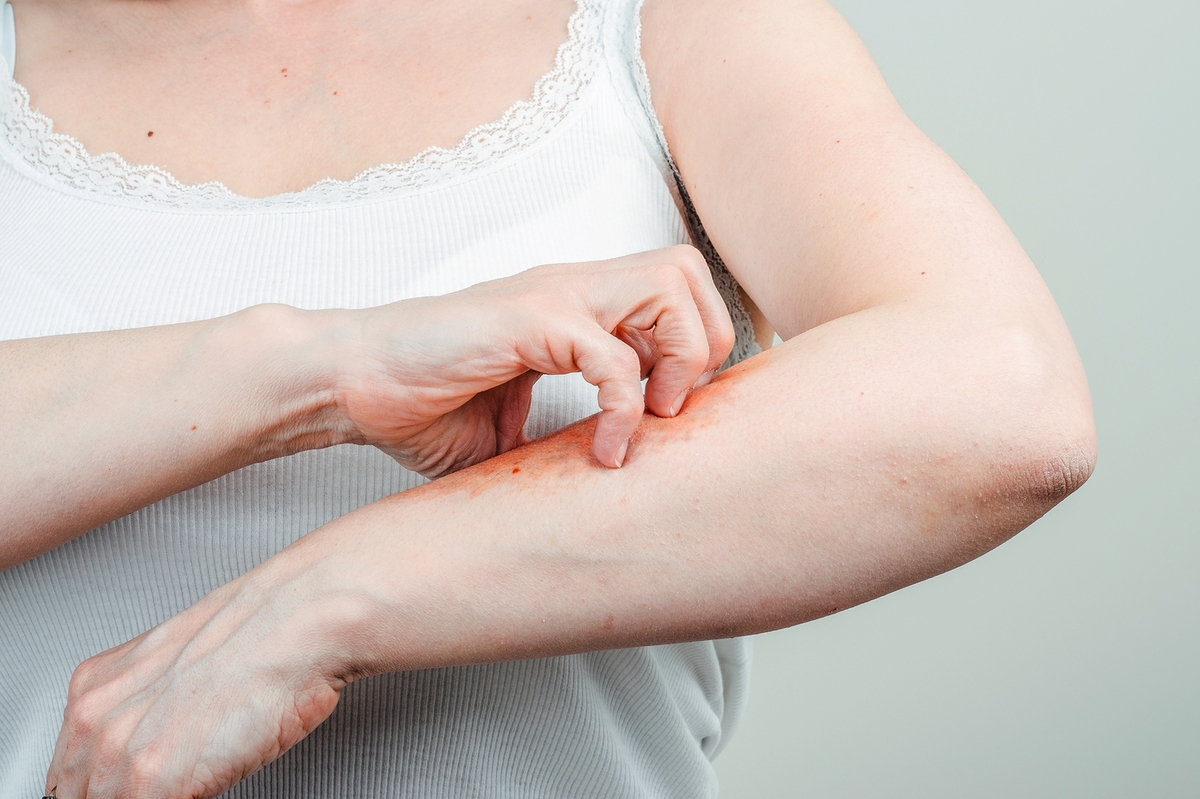Effective Homemade Crabgrass Killer: A Natural Solution for a Weed-Free Lawn

Crabgrass is a common and persistent weed that can quickly take over your lawn if left unchecked. While there are many commercial herbicides available, they often contain harsh chemicals that can be harmful to the environment and your health. Fortunately, there are effective homemade solutions that can help you tackle crabgrass naturally. In this article, we will explore various homemade crabgrass killers that are both safe and effective.
Crabgrass is an annual weed that thrives in warm weather and can spread rapidly, outcompeting your lawn grass for nutrients and sunlight. To maintain a healthy and beautiful lawn, it’s essential to control crabgrass before it becomes a major problem. Here are some homemade solutions that can help you get rid of crabgrass naturally:
-
Vinegar Solution : Vinegar is a natural herbicide that can effectively kill crabgrass. To make a vinegar solution, mix one gallon of white vinegar with a tablespoon of dish soap. The dish soap helps the vinegar adhere to the crabgrass leaves. Pour the mixture into a spray bottle and apply it directly to the crabgrass. Be careful to avoid spraying your desirable plants, as vinegar can harm them as well.
-
Boiling Water : Boiling water is a simple yet effective way to kill crabgrass. Boil a pot of water and carefully pour it over the crabgrass. The heat will destroy the plant cells, causing the crabgrass to wither and die. This method is best used for small patches of crabgrass, as it can also harm surrounding grass and plants.
-
Corn Gluten Meal : Corn gluten meal is a natural pre-emergent herbicide that can prevent crabgrass seeds from germinating. Apply corn gluten meal to your lawn in early spring before the crabgrass seeds have a chance to sprout. This method won’t kill existing crabgrass, but it can help prevent new growth.
-
Salt Solution : Salt can be an effective weed killer, but it should be used with caution. Mix one cup of salt with two cups of water and pour the solution directly onto the crabgrass. Salt can make the soil infertile, so use this method sparingly and only in areas where you don’t want any plants to grow.
-
Homemade Herbicide Spray : You can create a homemade herbicide spray using common household ingredients. Mix one quart of water with one tablespoon of rubbing alcohol and one tablespoon of dish soap. Pour the mixture into a spray bottle and apply it to the crabgrass. The rubbing alcohol will dry out the crabgrass, while the dish soap helps the solution stick to the leaves.
-
Manual Removal : Sometimes, the best solution is to remove crabgrass manually. Use a garden fork or a weeding tool to dig up the crabgrass, making sure to remove the entire root system. This method is labor-intensive but can be very effective, especially for small infestations.
-
Mulching : Mulching can help prevent crabgrass from taking over your garden beds. Apply a thick layer of mulch around your plants to block sunlight and prevent crabgrass seeds from germinating. Organic mulches, such as wood chips or straw, can also improve soil health as they decompose.
-
Maintaining a Healthy Lawn : One of the best ways to prevent crabgrass is to maintain a healthy lawn. Regular mowing, watering, and fertilizing can help your grass outcompete crabgrass. Keep your lawn mowed to a height of about three inches to shade out crabgrass seedlings and reduce their chances of survival.
Dealing with crabgrass can be challenging, but with these homemade solutions, you can effectively control and prevent this pesky weed without resorting to harsh chemicals. By using natural methods such as vinegar, boiling water, corn gluten meal, and manual removal, you can maintain a healthy, weed-free lawn. Remember, the key to preventing crabgrass is to keep your lawn healthy and well-maintained. With a little effort and the right approach, you can enjoy a beautiful, crabgrass-free lawn all season long.



